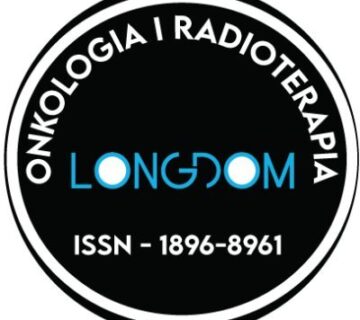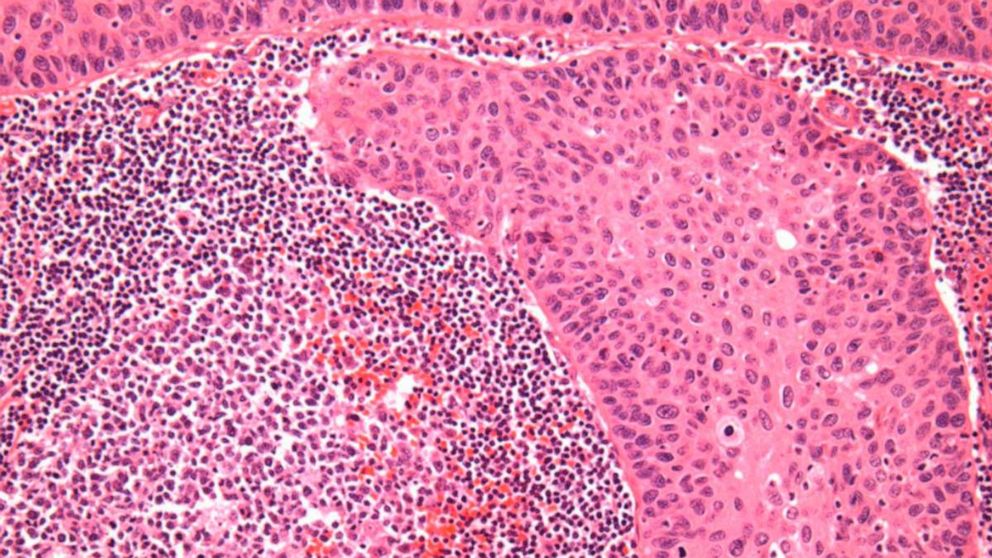أ.د. ندى العلوان، م.م. فرات نضال، م.م نوار عبد الغني
Journal of Contemporary Medical Sciences, Vol. 5, No. 1,2019
Objective To highlight the main demographic characteristics and clinical profiles of female patients registered with breast cancer in Iraq; focusing on the impact of age. Methods This retrospective study enrolled 1172 female patients who were diagnosed with breast cancer at the Main Center for Early Detection of Breast Cancer/Medical City Teaching Hospital in Baghdad. Data were extracted from an established information system, developed by the principal author under supervision of WHO, that was based on valid clinical records of Iraqi patients affected by breast cancer. The recorded information regarding clinical examination comprised positive palpable lumps, bloody nipple discharge, skin changes, bilateral breast involvement, tumor size, lymph node status, and the stage of the disease. Results The mean age at the presentation was 51 years; patients under the age of 50 constituted 46.8%. Overall 9.8% were not married, 22.4% were illiterate whereas 19.2% graduated from universities. About 72% of the patients had more than two children, merely 7.5% delivered their first child after the age of 35 years and only 11% were nulliparous. History of lactation and hormonal therapy was recorded in 57.6% and 19.4% respectively. Family history of cancer was positive in 28.8% and breast cancer specifically in 18.7%. Clinically, the most common presenting symptom was breast lumps (95%) followed by skin changes/ulcerations (6.7%) and bloody nipple discharge (4.3%). Bilateral breast involvement was encountered in 4.7%. More than two-thirds of the patients (68.2%) had palpable axillary lymph nodes; classifying 40.5% into advanced stages III and IV. In general stages I–IV comprised 12%, 47.5%, 31.9%, and 8.6% respectively. Upon stratifying the studied sample with respect to age at diagnosis, it was observed that the frequency of unmarried patients was significantly higher among younger women under the age of 50 years, whereas illiteracy and nulliparity features were statistically lower (p < 0.05). Conclusion A considerable proportion of breast cancer patients in Iraq still present with locally advanced disease at the time of diagnosis. That justifies the necessity to promote public awareness educational campaigns to strengthen our national early detection program. Excluding the marital status, level of education and number of parity, there was no statistical difference regarding the impact of age on the demographic and clinical profiles of breast cancer among premenopausal versus postmenopausal Iraqi patients.
Keywords demographic, clinical, profiles, breast, cancer, Iraq









